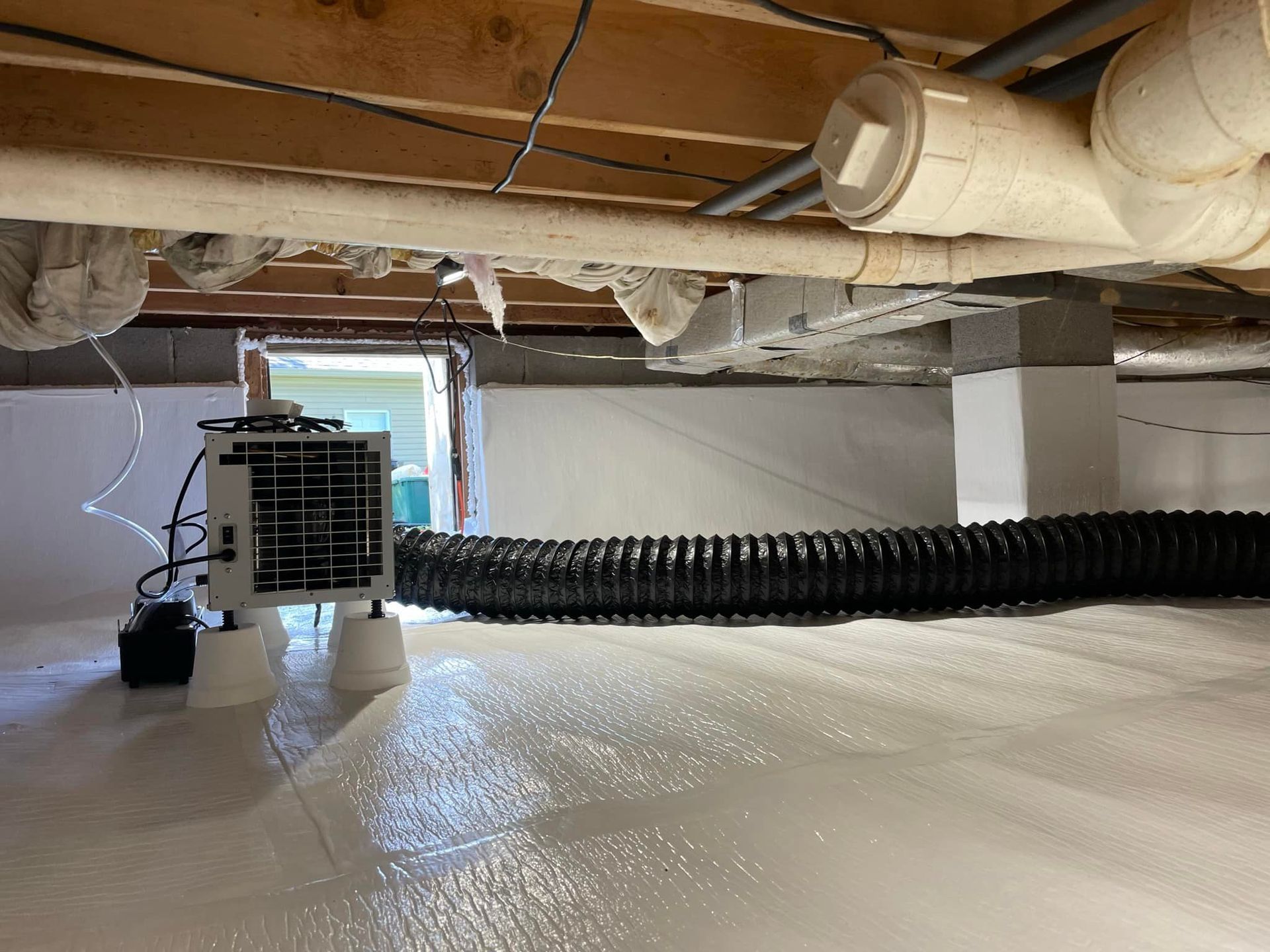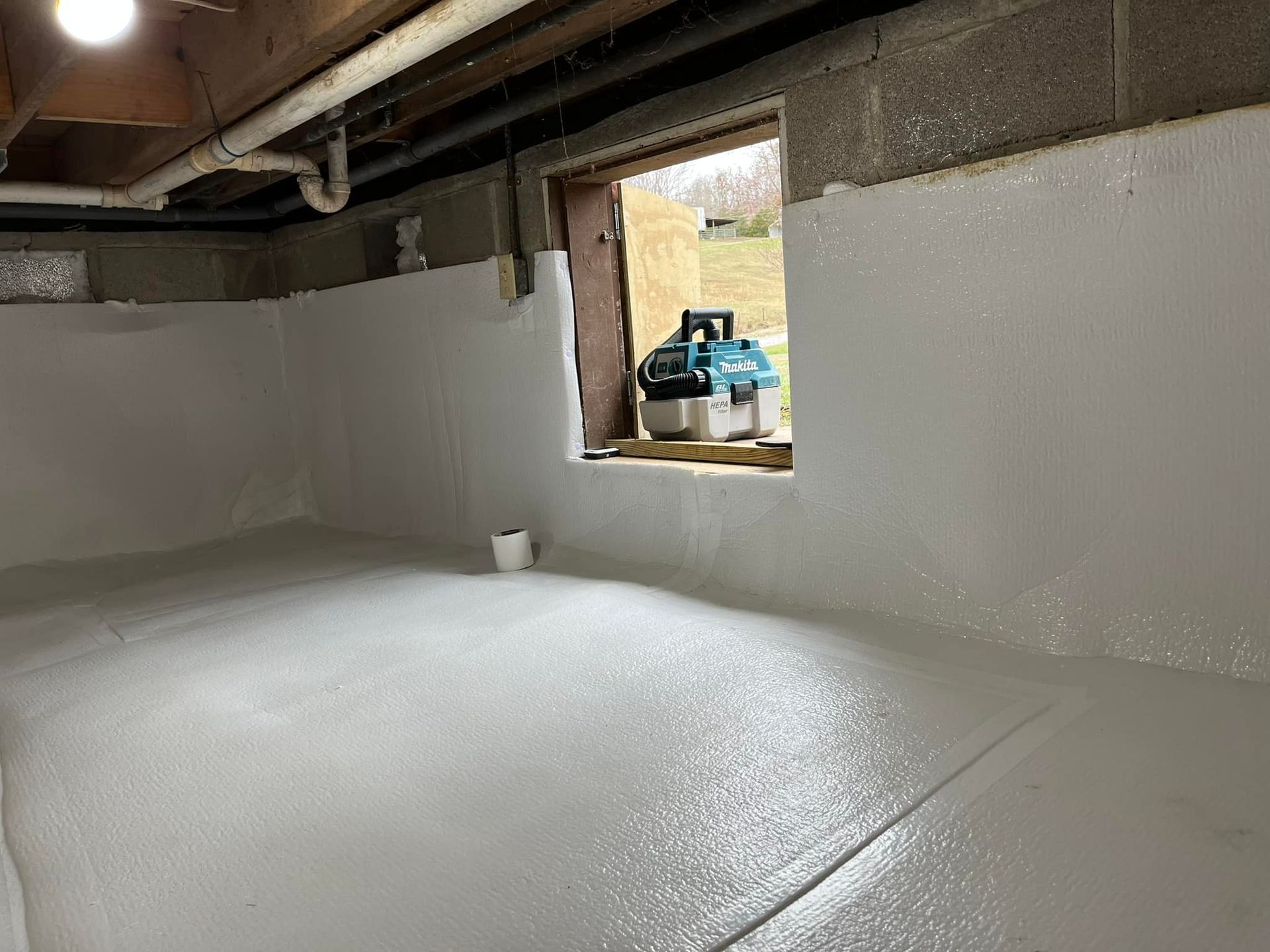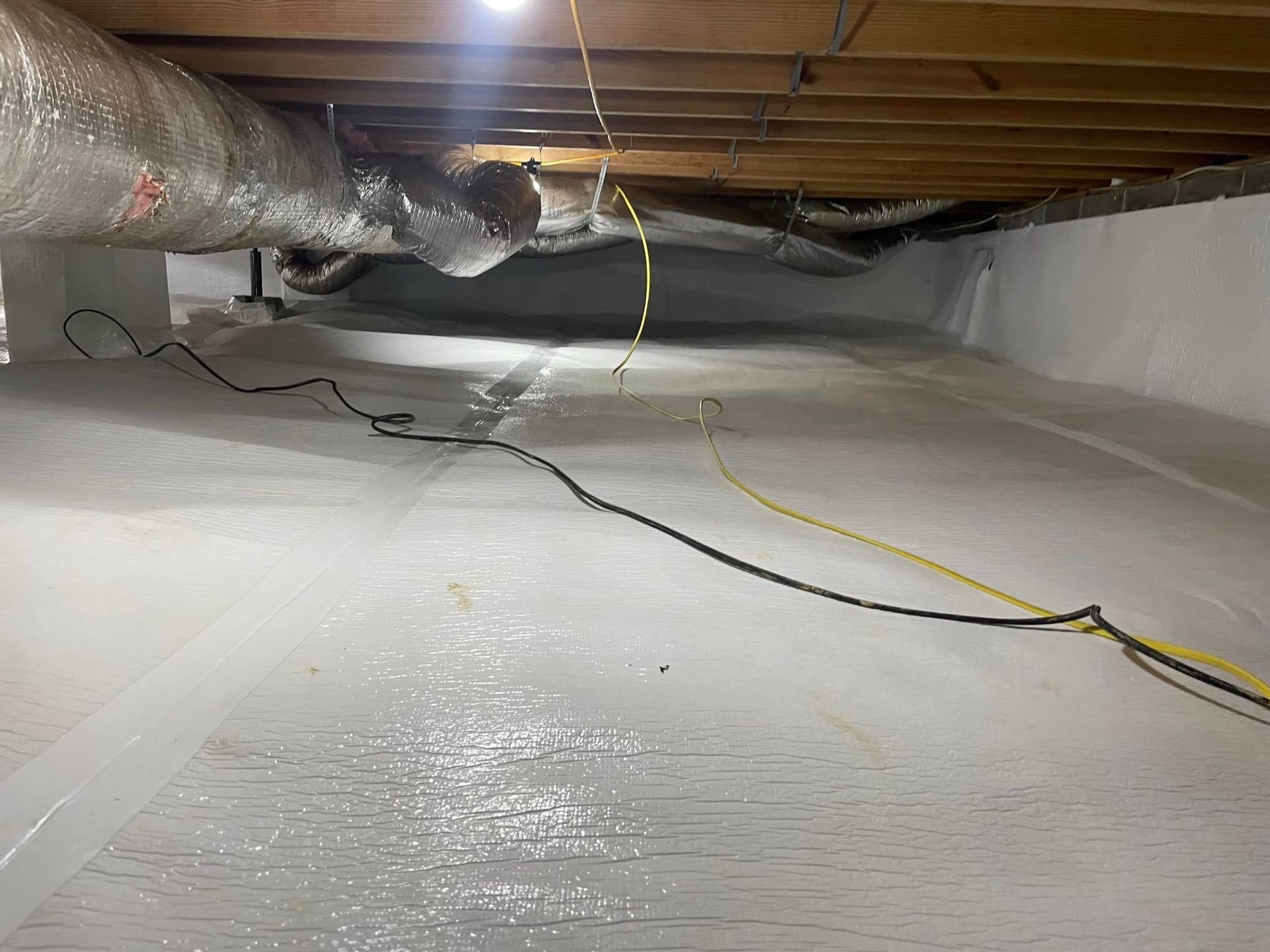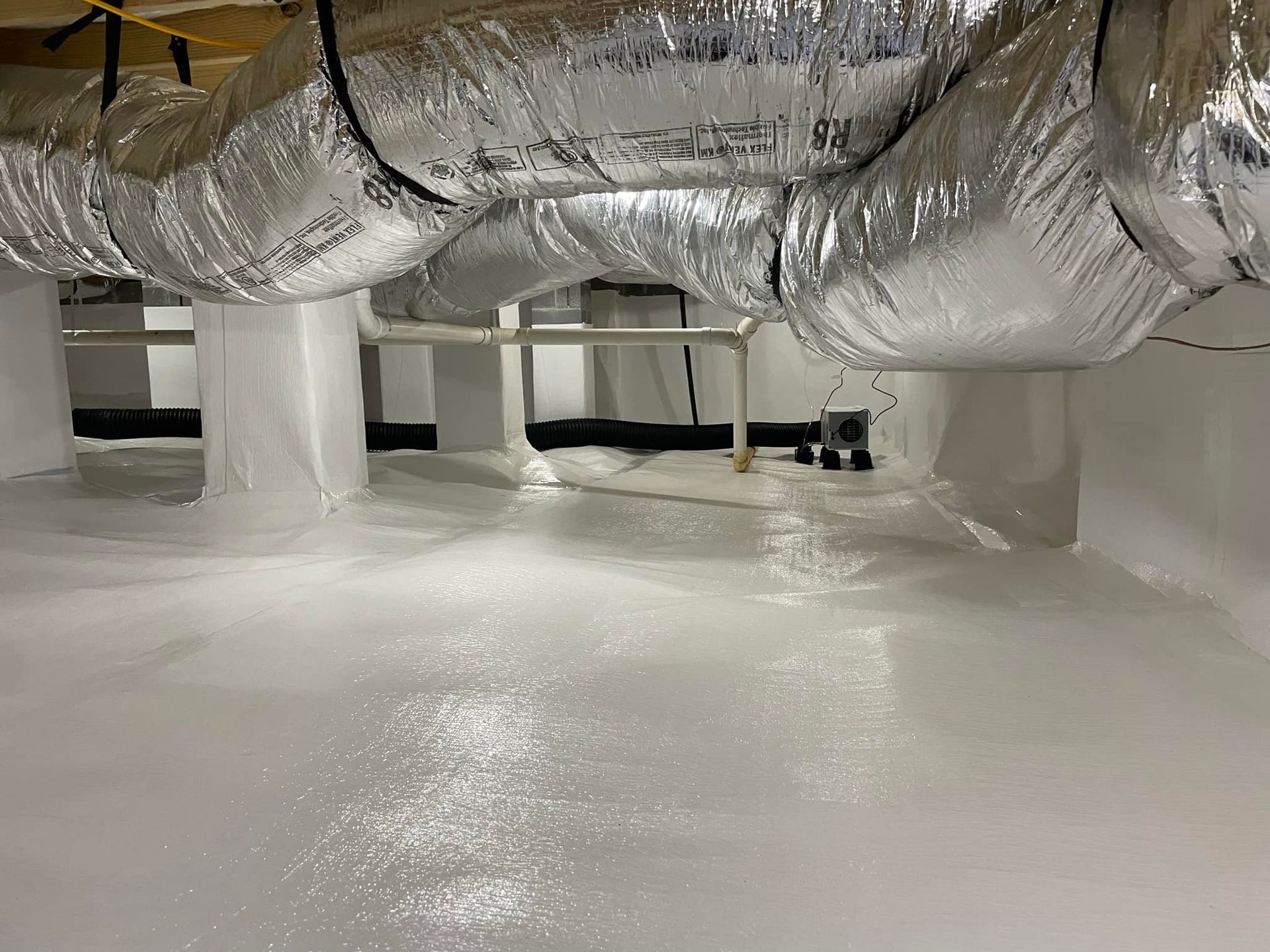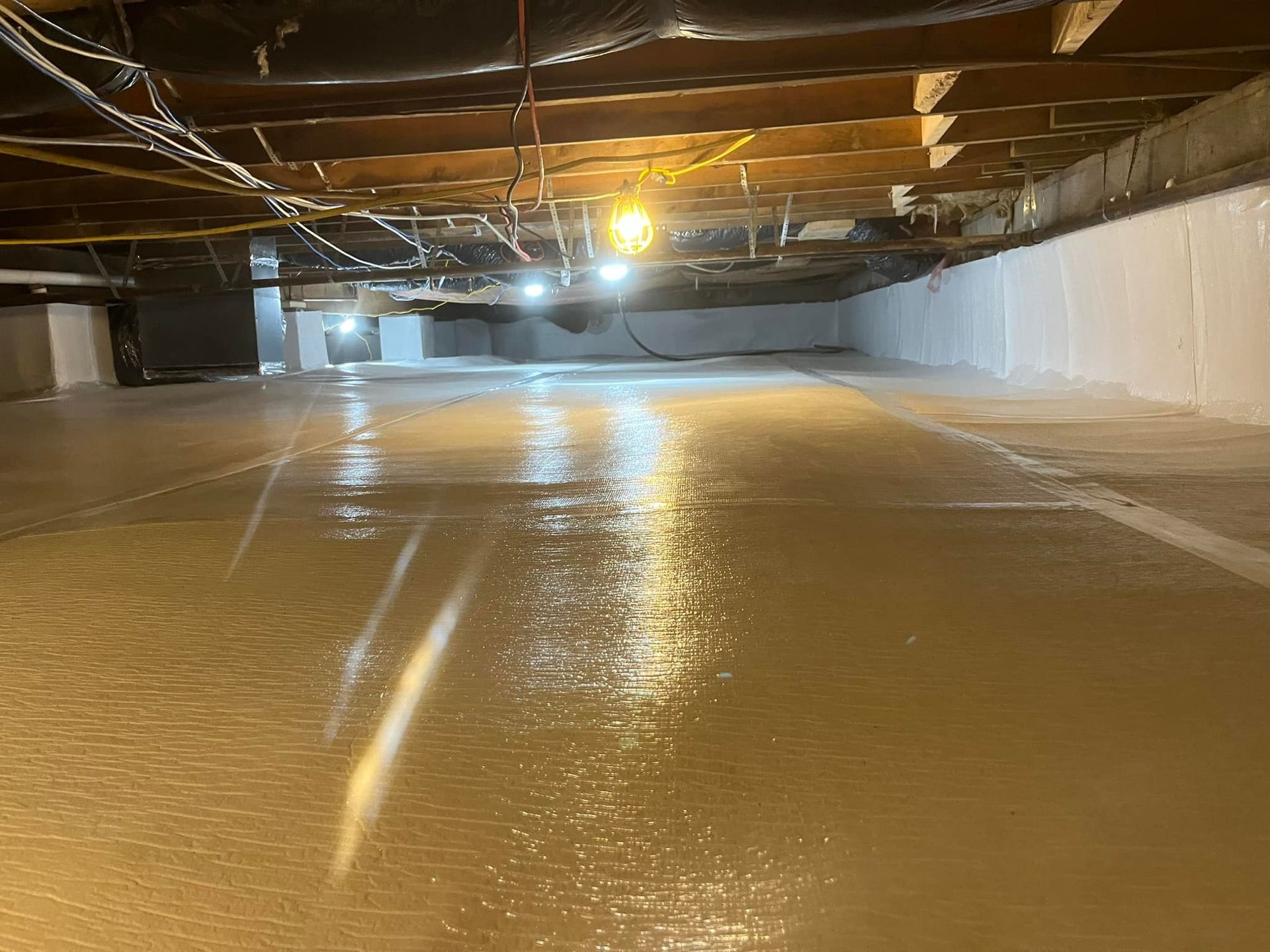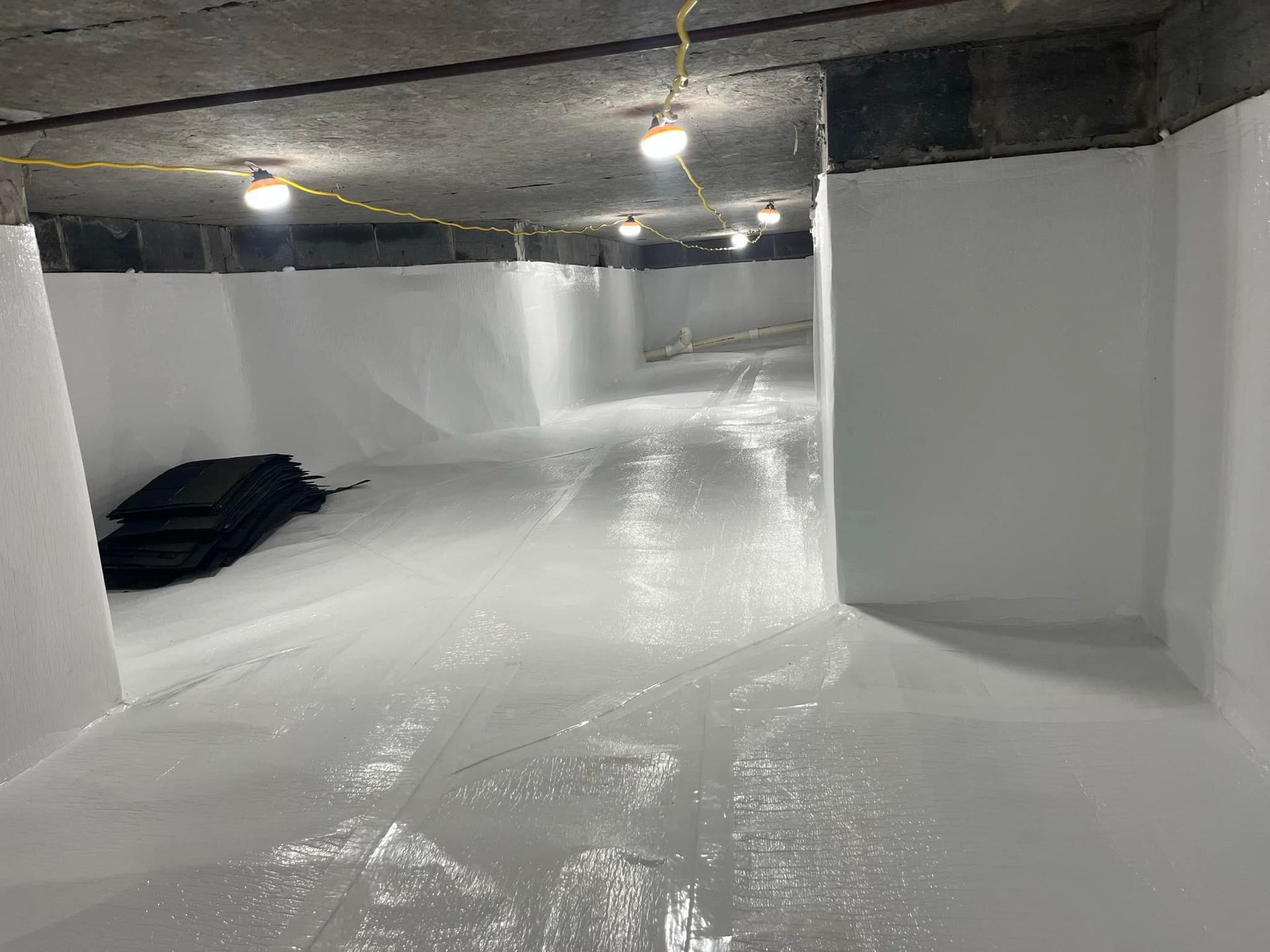Crawl Space Water Removal in Knoxville, TN
Fast, Professional Water Removal to Protect Your Home
Standing water in your crawl space isn't just an inconvenience - it's an emergency that threatens your entire home. Every hour water sits under your house risks serious damage to your foundation.
I've helped hundreds of Knoxville homeowners deal with flooded crawl spaces. Most don't realize how quickly water can destroy support beams, feed dangerous mold, and weaken their home's structure. By the time they see signs upstairs, the damage below is already spreading.
At Forever Guard, I remove water completely and find what caused it. No surface drying. No partial solutions. Just thorough water removal that protects your home from lasting damage.
Warning Signs of Water Problems
Watch for these critical signs that water threatens your home:
Visible Warning Signs:
- Standing water in your crawl space
- Wet spots that don't dry out
- Water seeping through foundation walls
- Puddles forming after rain
- Water marks on walls or floors
Emergency Indicators:
- Musty smells getting stronger
- Floors starting to feel soft
- Unusual creaking or settling sounds
- Growing wet spots on floors
- Rising indoor humidity
Health and Safety Risks:
- Mold growing rapidly in wet areas
- Strong, musty odors throughout home
- Worsening allergies or breathing issues
- Pest problems increasing
- Wood beginning to rot
Don't wait for small water problems to become major emergencies. Water damage gets worse every hour it stays in your crawl space.
Let's find your water problems now and remove them before they cause serious damage to your home.
The Danger of Standing Water
Every hour water stays in your crawl space increases these risks:
Our Professional Water Removal Process
We remove water thoroughly to protect your home:
Quick Response:
- Fast assessment of water damage
- Immediate pump-out of standing water
- Priority removal from critical areas
- Special care around electrical systems
- Complete extraction from all corners
Complete Drying:
- Industrial fans move air effectively
- Dehumidifiers pull moisture from air
- Hidden spaces get proper attention
- Moisture levels are tested regularly
- All wet materials are addressed
Prevention Steps:
- Water entry points are found
- Drainage issues get fixed
- Weak spots are reinforced
- Long-term safety is ensured
- Complete protection is provided
Beyond Water Removal
True protection means preventing future problems:
Source Control
● Entry points get sealed properly
● Drainage systems are improved
● Ground slopes are corrected
● Foundation cracks are fixed
● Proper barriers are installed
Structure Protection
● Damaged wood gets treated
● Support systems are checked
● Foundation is reinforced
● Materials are preserved
● Weak spots are strengthened
Health Safety
● Mold growth is prevented
● Air quality is improved
● Moisture levels are controlled
● Bacteria spread is stopped
● Pest access is blocked
Water Removal FAQ
How quickly can you remove standing water?
We respond fast because water damage gets worse every hour. Most standing water can be removed within a few hours. The complete drying process might take 2-3 days, depending on conditions.
What about hidden water?
We check every corner of your crawl space. Our process finds and removes water from hidden spots, not just visible areas. Nothing wet gets left behind.
Will water come back?
We find what caused the water problem and fix it. Your solution includes prevention steps to keep water out for good.
Is standing water dangerous?
Yes. Standing water risks structural damage, mold growth, and electrical hazards. Quick removal protects your family's health and your home's safety.
What about wet materials?
We check all wet materials like insulation and wood. Damaged materials get removed or treated properly to prevent future problems.
Do you prevent mold growth?
Yes. Fast water removal and complete drying stops mold before it starts. We treat areas at risk to prevent future growth.
Get Expert Water Removal Now
Don't let standing water destroy your home's foundation. I'll help you remove water completely and protect against future flooding.
Your home needs more than just surface drying. Let's remove all water and protect your home from future damage.
Call now for emergency water removal. Every hour counts when water threatens your home.
Remember: Water damage gets worse every hour you wait. Let's stop the damage now and protect your home with proper water removal and prevention.
Available for emergency response when standing water threatens your home. Don't let water damage spread - call now for professional help.
Call today or schedule online to get started.
